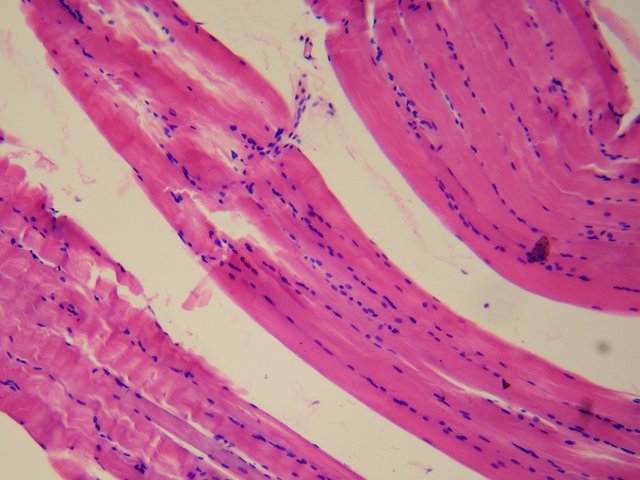Activating An Embryonic Gene Could Delay or Reverse Stem Cell Aging

Activating the embryonic stem cell associated gene Nanog shows promise in counteracting some aspects of the aging process
In the initial stages following fertilisation, embryonic stem cells are formed with an extremely flexible regenerative capacity. A number of genes are responsible for this quality, and one of these is the gene Nanog. This plays an important role in imposing pluripotency (the ability to form many different types of cells), and blocks differentiation into other lineages.
A role in stem cells
While an adult human has no embryonic stem cells, we do have adult stem cells with diminished regenerative potential. With age these become increasingly worse at their job - churning out poor quality cells or failing to properly renew themselves. Research at the University of Buffalo has been working on the problem of muscle deterioration; in particular smooth muscle cells. These reside in areas such as arteries and the intestine, and are extremely important for healthy function. Stem cells responsible for replenishing these cells begin to struggle as time goes on - producing weaker cells less able to contract effectively.
"Not only does Nanog have the capacity to delay aging, it has the potential in some cases to reverse it"
A possible rejuvenation strategy

In pursuit of a solution to this muscle aging, researchers re-introduced Nanog into old stem cells. What did they find? Nanog activation triggered 2 cellular pathways: Rho-associated protein kinase (ROCK) and Transforming growth factor beta (TGF-β). This kickstarted a protein called actin to form new cytoskeleton strands, which act like an internal scaffold for structural support - enabling contraction and movement. Nanog activity also appeared to boost production of serum response factor SRF, which is a central regulatory of muscle formation.The strategy was tested on sourced old stem cells, cells made to age in the lab and cells taken from patients with Hutchinson-Gilford progeria syndrome (a 'rapid aging' disease). In all of these cells Nanog demonstrated regenerative potential, reversing aspects of aging and potentially fighting against atherosclerosis or even progeroid disorders.
Read more at MedicalXpress
From The Longevity Reporter: The Weekly Newsletter About Aging

CRISPR will save us from everything.
Hi! This post has a Flesch-Kincaid grade level of 13.9 and reading ease of 39%. This puts the writing level on par with academic journals.